Saturday, July 13, 2013
Stimming...............................
While Robbie's language has increased, his stimming behaviors seem to have done the same. For over a week now the stims have been out of control. I say out of control because it seems they are out of control for him. His pupils are dilated and his eye color shifts to slightly gray. He wrings his hands, flaps, jumps up and down, repeats "eeeeee" and occasionally will get very tense throughout his body for a moment or two.
We are constantly reassessing food diet, sensory diet, treatment, therapy, etc, etc. Right now I am stumped.
We have been told by many therapists that teaching Robbie to self regulate these behaviors is very important, especially as he gets older. We are trying to teach him to stim in a safe place- his room. His room should be his quiet place to get it out. We also are teaching him that it is not socially appropriate. I have struggled with this, because these behaviors are hard for him to control. I have to think about the bigger picture as well. A cute 7 year old flapping his hands and saying "eeeeee" is almost ok.
Imagine a 6 foot tall, 16 year old young man doing the same....... not so much.
Here is an excerpt I took from the internet to explain what stimming means. It is a really good overview.
What Is Stimming?
Stimming is repetitive stereotypic behavior commonly found in autism, but also found in other developmental disabilities. This behavior may involve any or all of the senses in various degrees in different individuals. Several examples are listed below.
Visual – staring at lights, blinking, gazing at fingers, lining up objects
Auditory – tapping fingers, snapping fingers, grunting, humming
Smell – smelling objects, sniffing people
Taste – licking objects, placing objects in mouth
Tactile – scratching, clapping, feeling objects nail biting, hair twisting, toe-walking
Vestibular – rocking, spinning, jumping, pacing
Proprioception – teeth grinding, pacing, jumping
All of us engage in some of these behaviors occasionally, especially when we are stressed. However, your child may engage in these activities excessively so that they may interfere with learning or activities of daily living. Also, these behaviors may be embarrassing to you and others. Individuals engage in stimming as a way to self-regulate sensory input and manage sensory integration dysfunction. These behaviors may be excitatory (stimulating) or inhibitory (calming) with the result of normalizing sensations. Occupational therapy can help to reduce this unwanted behavior. A sensory diet should be initiated which provides your child with an appropriate amount and type of sensory input throughout the day to modulate their sensory experience. In other words, your child needs sensory meals and snacks periodically to meet their sensory needs before stimming becomes necessary. Often, deep pressure on the body provides needed proprioceptive inputs promoting calmness and security and lessening unwanted behaviors. This deep pressure can be provided by any or all of the following items. weighted blanket weighted lap pad weighted neck wrap weighted vest.
The child should be taught to understand and regulate their own behavior.
That's where we're at........
Subscribe to:
Post Comments (Atom)











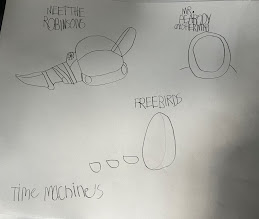

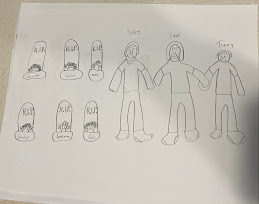










































































































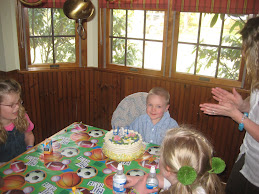














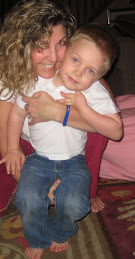

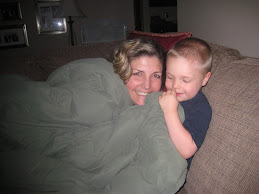








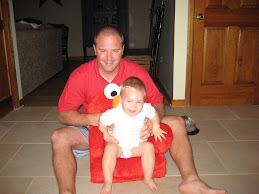
No comments:
Post a Comment